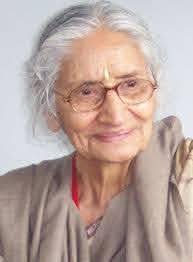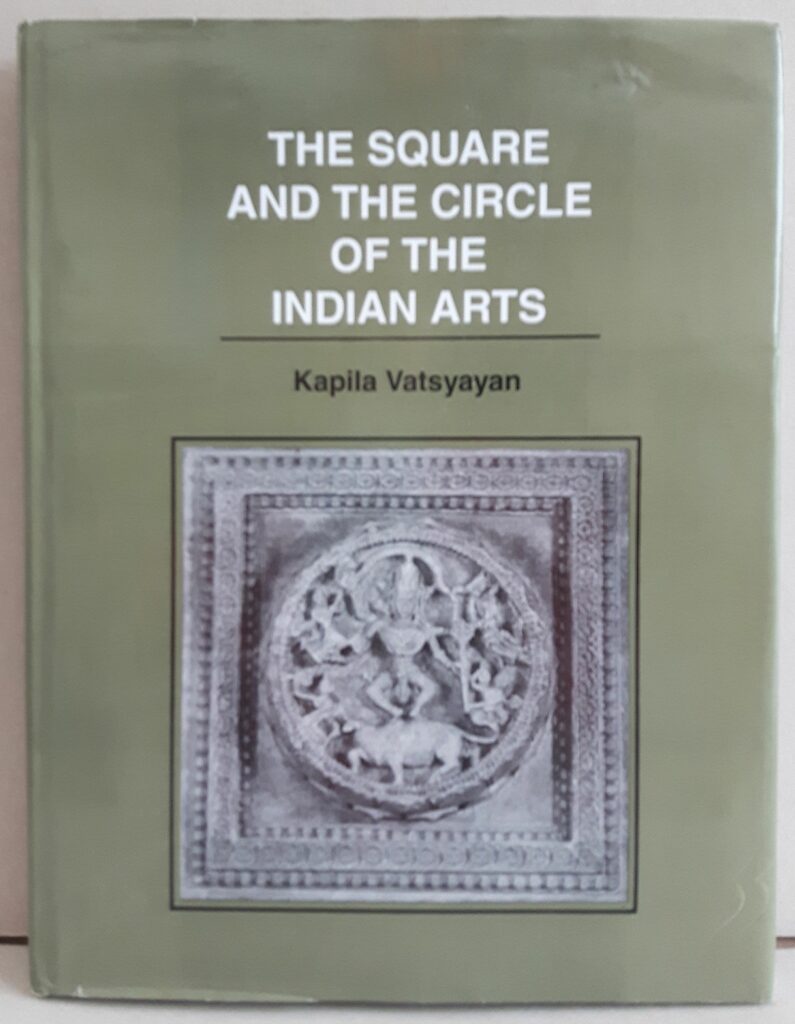by Kapila Vatsyayan


The Square and the Circle of the Indian Arts is a major contribution in Indian art history. More than a book on the theories of arts, it has far-reaching implications for the way one thinks about the future of indology and art history. It provides a model to be emulated for inter-disciplinary research, not only between the arts but also the sciences and the arts.The book begins by re-examining the imagery of the Vedas and the Upanisads, highlighting some aspects of early speculative thought which influenced the enunciation of aesthetic theories, particularly of Bharata in the Natyasastra. The next chapter introduces a new methodology of analyzing the rituals (yajna) as laid down in the Yajurveda and the Satapatha Brahmana, the best way to focus the relationship between the text and the practice. Four chapters follow – one each on drama (natya), architecture (vastu), sculpture (silpa), and music (sangita). Each presents some fundamental concepts of speculative thought, concerned with each of the arts and purposefully correlates these with actual examples both of the past and the present. This second edition remains an event not only because the book benefits from the works published since the first edition, but also because it presents the author’s integral vision and her unique adventure into the boundaries of several disciplines. It demonstrates the efficacy of her earlier approach of investigating the imagery and the metaphors as basic to the discourse of the Indian tradition. She proposes a multi-layered cluster of concepts and metaphors which enable one to decode the complex multi-dimensional character of the Indian Arts. Also significantly she suggests a deeper comprehension of the relevance of the developments in the field of traditional mathematics and biology for the study of the language of form of the Indian Arts. About the Author Kapila Vatsyayan (कपिला वात्स्यायन) (25 December 1928 – 16 September 2020) was a leading scholar of Indian classical dance, art, architecture, and art history. She served as a member of parliament and bureaucrat in India, and also served as the founding director of the Indira Gandhi National Centre for the Arts.In 1970, Vatsyayan received the Sangeet Natak Akademi Fellowship, the highest honour conferred by the Sangeet Natak Akademi, India’s national academy for music, dance and drama; this was followed by the Lalit Kala Akademi Fellowship, the highest honour in the fine arts conferred by Lalit Kala Akademi, India’s national academy for fine arts in 1995. In 2011, the Government of India bestowed upon her the Padma Vibhushan, India’s second highest civilian honour.









